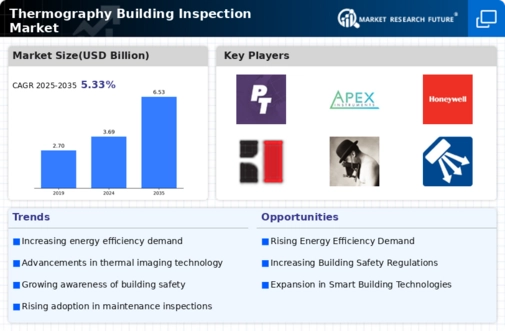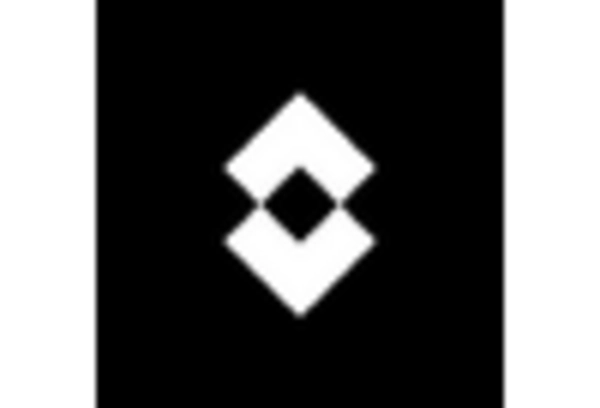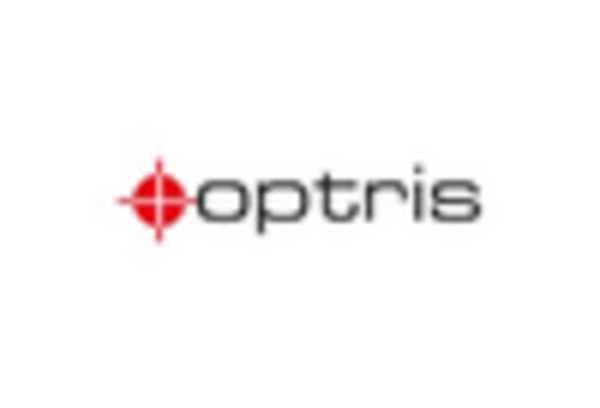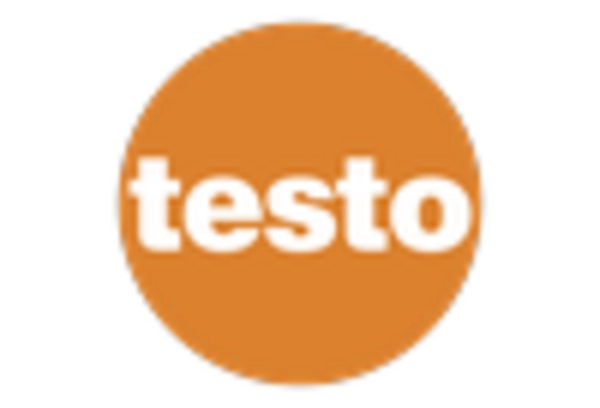Increased Regulatory Standards
The implementation of stricter regulatory standards regarding building inspections is a crucial driver for the Thermography Building Inspection Market. Governments and regulatory bodies are increasingly mandating regular inspections to ensure compliance with safety and energy efficiency standards. This trend is particularly evident in commercial real estate, where adherence to regulations can significantly impact operational costs and liability. As a result, property owners are more likely to invest in thermographic inspections to meet these requirements. The market for compliance-driven inspections is projected to grow, with estimates suggesting a rise of 5% annually. This regulatory landscape is likely to bolster the Thermography Building Inspection Market as stakeholders seek to align with evolving standards.
Rising Demand for Energy Efficiency
The increasing emphasis on energy efficiency in buildings is a primary driver for the Thermography Building Inspection Market. As energy costs continue to rise, property owners and managers are seeking ways to reduce consumption and improve efficiency. Thermography inspections can identify thermal leaks, insulation deficiencies, and HVAC inefficiencies, enabling targeted improvements. According to recent data, energy-efficient buildings can reduce energy consumption by up to 30%, which is a compelling incentive for stakeholders. This trend is likely to propel the demand for thermographic inspections, as they provide a non-invasive method to assess energy performance. Consequently, the Thermography Building Inspection Market is expected to experience growth as more entities prioritize energy efficiency in their operational strategies.
Growing Awareness of Building Safety
The heightened awareness surrounding building safety and structural integrity is significantly influencing the Thermography Building Inspection Market. With increasing incidents of building failures and safety concerns, stakeholders are more inclined to invest in preventive measures. Thermography inspections can detect issues such as moisture intrusion, electrical faults, and structural weaknesses before they escalate into serious problems. This proactive approach not only enhances safety but also extends the lifespan of buildings. Data indicates that the market for building safety inspections is projected to grow at a compound annual growth rate of 7% over the next five years. As safety becomes a priority, the Thermography Building Inspection Market is likely to benefit from this trend.
Focus on Sustainable Building Practices
The growing emphasis on sustainable building practices is shaping the Thermography Building Inspection Market. As sustainability becomes a core principle in construction and renovation, thermographic inspections are increasingly recognized for their role in promoting eco-friendly practices. These inspections help identify areas where energy loss occurs, enabling building owners to implement solutions that reduce their carbon footprint. Furthermore, many organizations are now pursuing green certifications, which often require comprehensive energy assessments. The market for sustainable building practices is anticipated to grow, with a projected increase of 6% in the next few years. This focus on sustainability is likely to enhance the relevance of the Thermography Building Inspection Market as stakeholders seek to align with environmental goals.
Technological Innovations in Thermography
Technological advancements in thermographic equipment and software are driving the Thermography Building Inspection Market forward. Innovations such as improved infrared cameras, enhanced image processing capabilities, and integration with building management systems are making thermography inspections more efficient and accurate. These advancements allow for real-time data analysis and reporting, which can significantly enhance decision-making processes for property managers and owners. The introduction of artificial intelligence in thermographic analysis is also emerging, potentially increasing the accuracy of inspections. As technology continues to evolve, the Thermography Building Inspection Market is expected to expand, attracting more users who seek cutting-edge solutions for building assessments.

















Leave a Comment